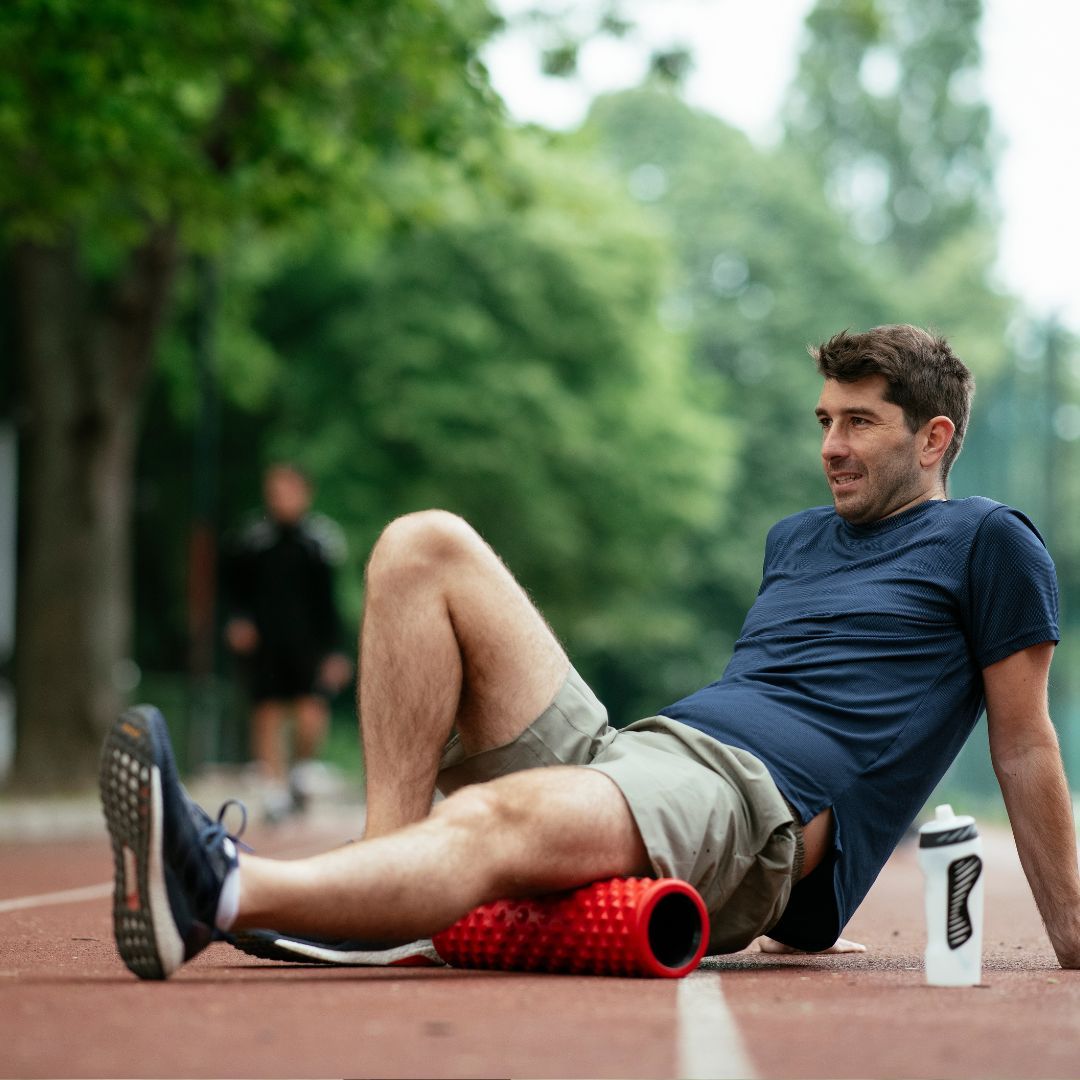How should a season training program be structured?
Training season layout, last long run length and how many races?

This week I will be talking to you about the layout of a running program as an athlete prepares for a race.
A running program needs to be well planned if it is to meet the objectives of the runner and to elicit their physiological best.
We can think of the overall training plan as a menu. On a menu, you will see sections for entrée, main course, and dessert.
In our overall training program (the macro cycle), building your base is the entrée. This is where we focus on getting the long runs and easy runs in to help make sure you have the basis on which to build your speed and endurance. It is the foundation of all your subsequent training. Without a base you don’t have the conditioning to be able to run long or hard (when you need to run hard)
The main course is the bulk of the program; this is the structured program that most people are used to. This is where you see all the fancy workouts and so forth. Now within this are the different training blocks (mesocycles) that will be focused on. I train athletes according to the least specific to the most specific workouts theory. That means at the start of their structured training the intervals will be shorter and higher intensity (VO2 workouts). These workouts develop the engine of the athlete and get them out of the ‘one-pace’ mentality that is the standby of many athletes. They are hard but speed can enhance endurance performance. If an athlete has this speed in their toolbox they will be able to develop endurance that is tinged with more speed. Once we have worked on a block of training for speed (and the length of the block for this will depend on the length of time before race day and the level of experience of the athlete) we can move onto workouts that are more specific to ultra-running.
For this reason, I will progress the athlete to workouts that are longer and work more on increasing their lactate threshold. These types of sessions fall into the ‘comfortably uncomfortable’ range and enable the runner to push for long periods during a race. They increase the ability to be on the right side of ‘suffering’ and to increase that level to mean the athlete can race faster. This period is also when the length of the long run increases (once again, more specific). Also, if an athlete is going to face particular terrain like stairs (UTA anyone??) in the race they would be added in here too.
Personally (depending on the length of this cycle) throughout this more specific block I like to sprinkle in a few speed sessions just to keep the athlete sharp.
This block is when the athlete can participate in some practice races. This is where they race at a shorter distance and not quite all out. In this way, they don’t need long tapers or rest periods after and can get back into training. Practice races are great hard tempo work and are also an excellent way to test shoes, kit, nutrition and mindset. If you can find a race with similar elevation gain and loss or terrain that makes it even more beneficial!
Another metric for the coach to think about, is ‘can the training an athlete is doing support the race distance they aspire to?’ There is a minimum amount of mileage that an athlete needs to do to be ready for different race distances. For 50k to 50 miles, a runner needs to be completing a minimum of 6 hours per week starting at least 6 weeks before race day. For 100k to 100 miles, the absolute minimum is 9 hours per week, starting once again as a minimum 9 weeks before the event. These are the minimums required for completion of a race. If a runner is looking for improved performance, these will need to be increased.
Of course, throughout all of these blocks and training cycles is the importance of rest and recovery days. This is where the athlete either completely rests (maybe some light active recovery like walking or yoga) or runs easy. These are very important aspects for reducing the chance of injury and over-training as well as providing a psychological rest for athletes.
Things to take note of within the training program;
· A singular long run is not a benchmark for success on race day. Successful preparation for an ultramarathon is a function of total volume, not a singular run. Ultrarunners tend to put far too much pressure and emphasis on the one single longest long run. Any single day is only a tiny fraction of the weeks and months of training accumulated during the entire training process. Your long runs and longest long run should have purpose. That purpose or intent is not driven from some arbitrary and predetermined number that acts as a prerequisite for success, such as ‘I must do 80Ks before I can race a 100k’ or that you have heard your friends are doing. Similarly, the intent should not be driven from the physical rationale that you need a long run to improve your aerobic capacity, mitochondrial density, musculoskeletal integrity, fat oxidizing enzymes or any other physiological phenomenon, as you should have already worked on those in your day-to-day training. Your long run intent or purpose should come from your current training status, how much time you have available, and what reasonable progression looks like. Then, you should take into account specifically what you want to accomplish during the long run, aside from the physical. For instance, practicing nutrition, kit, poles, walking hills on tired legs and so on. If you go out for a massive run that severely depletes you just before your big race, it’s highly unlikely you will see peak performance on race day. Don’t make the mistake many runners make and leave your race performance out there in training.
· The time period when the highest volume occurs is typically the last training block, right before the taper starts.
Following on from mains comes dessert, which is the taper and race day itself. The race is the reward for all the hard work!
The taper is very individual and is equally loved and maligned by athletes. However, it is critical to race performance. Recovery is the limiting factor for many athletes. Turning up to race day tired will not bring out the best in a runner.
The taper usually lasts 2-3 weeks and is characterised by the reduction of training volume whilst keeping the intensity in. So, athlete’s long run will reduce in length and so will the length of daily runs. Even the length of the hard part of the quality sessions will shorten, however the intensity will remain the same. For instance, the warmup and cool down to a quality session will decrease as will the length of the actual tempo effort itself. This is because tapering is all-inclusive. Tapering is not just about a decrease in running volume but rather a reduction in total energy expenditure. This is when the athlete needs to rest up and not take on extra work around the home or office to compensate for their extra time available!! Race week itself will involve very little mileage and lots of extra sleep. In this way, the athlete will turn up to the race ready and raring to go.
May runners struggle with the taper as they fear they will lose fitness. If a training program is properly constructed and the taper done correctly this will not happen Keeping the intensity in ensures this.
Ultra-runners often fall into the ‘more is better’ theory of training and they then may feel that they are not doing enough. Once again, if a properly constructed training program is followed this is not a concern.
The whole point of the taper is to reduce stress on the body and mind. So, relax, have faith in your training and look forward to your race!!
Now this is where we also need to speak about how many times a year an athlete should race.
Assuming that optimal race day performance is the goal (rather than simply completion), these are the general recommended numbers:
For 100 mile, 1-2 races every 12 months (yup that’s all!! And if you are training correctly that will be all you can fit in anyway!)
100k and 50 mile: 2-3 times per 12 months
50k 3-4 times per 12 months
That does not mean you can do all of these races to optimal performance level in one calendar year. That is maximum effort for each distance per year. In training for a miler you could do an 80k in the lead up but it won’t be 100% race effort as it is for training.
For combinations of races I would say
1-2 100 milers per 12 months with 1-2 50ks all at race effort.
2-3 100k or 50 milers with 1-2 50ks at hard effort
3-4 50ks with 2-3 half marathons at hard effort.
Frequent racing is detrimental to optimal performance. Frequent racing disrupts the flow of training with constant resting before a race and tapering after. Not to mention the accumulated fatigue, mentally and physically, that comes from racing.
Of course, following this training season there needs to be some time for recovery. The length of this depends on the length of the race. For 50k, the rest period may only last 1-2 weeks. This involves either no running or very limited running, and certainly not much structure. A 100k would involve 2-3 weeks minimum and a miler 3-4 weeks This break is good for the athlete not only physically but also mentally. In this way they will return to training with renewed passion and drive. Continuously training, racing, training, then racing again ad infinitum leads to over-training syndrome and burn out. Once the athlete has rested and recovered, it’s back to building up the base again; as alluded to earlier this does not need to last too long if the athlete already has a long history of running in their body.











